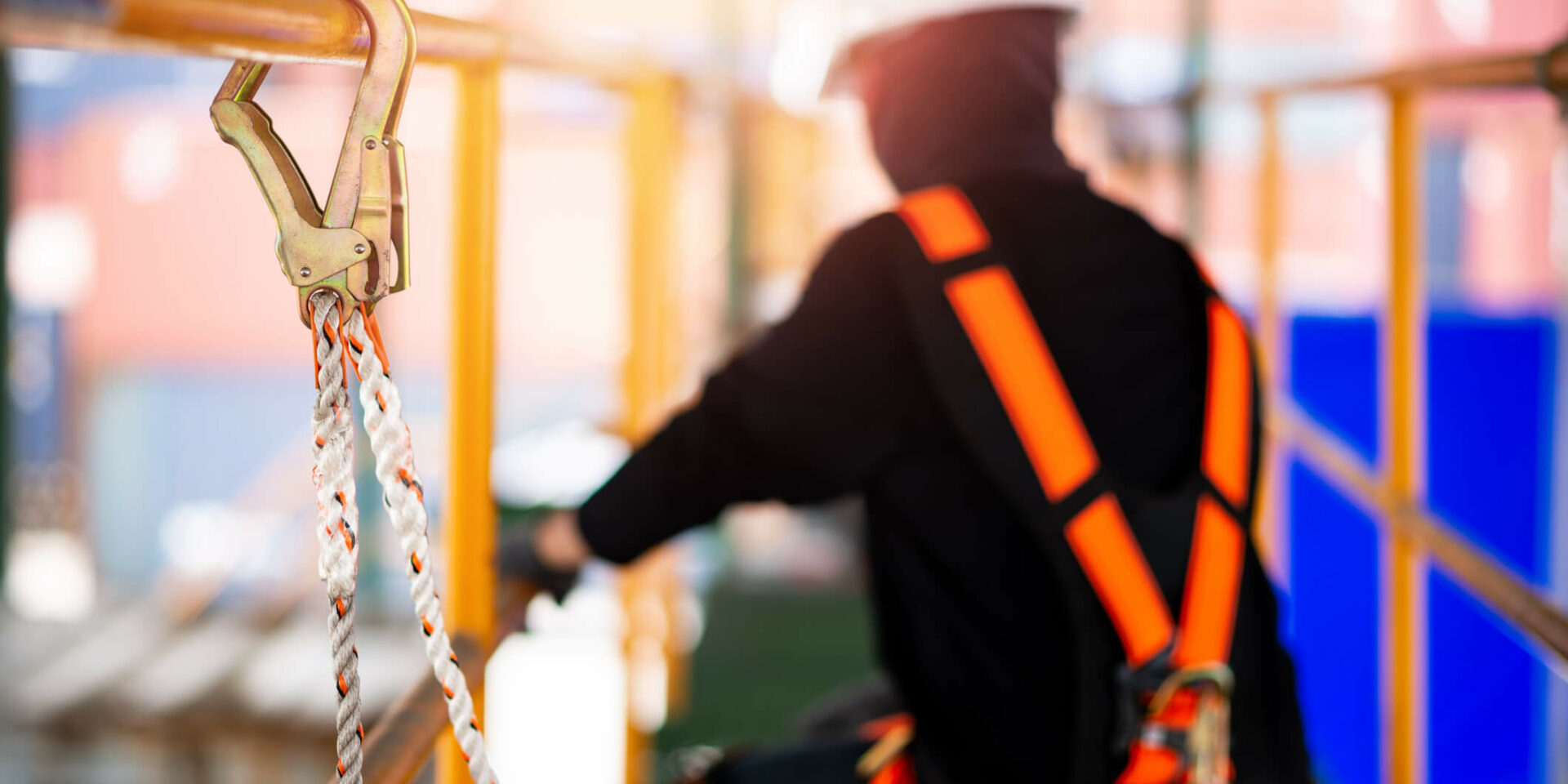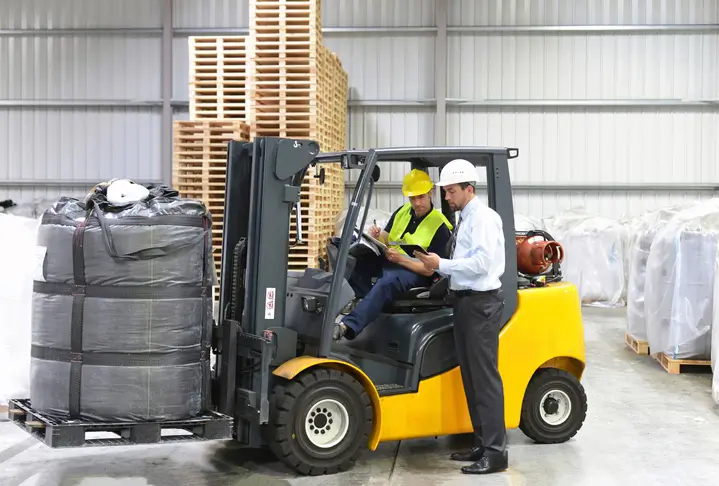General Industry Standards – Rope Descent System (1910.27)
What Is a Rope Descent System?
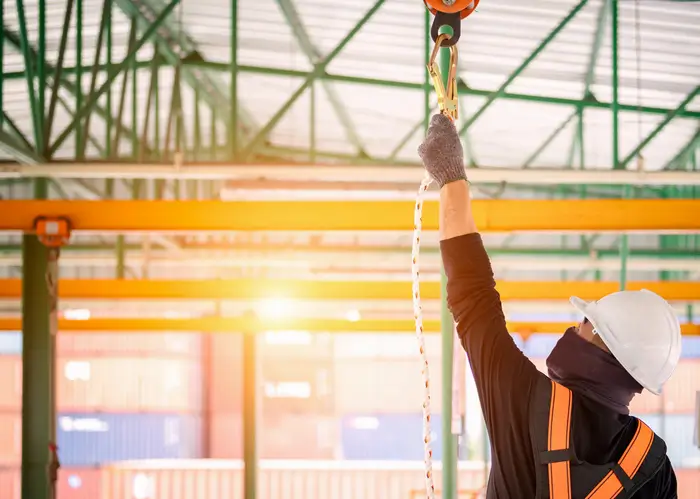
Before The Standard 1910.27
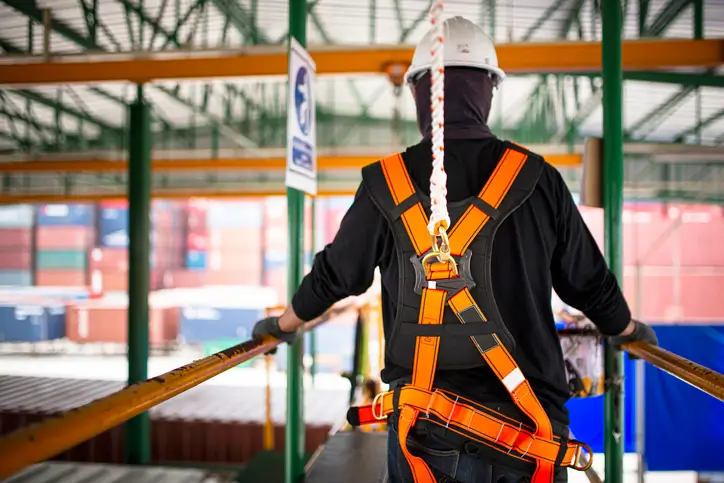
Before the establishment of standardized rope climb descent techniques, operating at heights was often done unevenly without a single set of safety precautions. Employees used various methods, some of which were dangerous by nature and may have resulted in mishaps, injuries, or even fatalities. Because there were no established rules, it was difficult to ensure those doing tasks that included descending from heights were safe.
What Are the OSHA Rope Descent System Guidelines?
The Occupational Safety and Health Administration (OSHA) provides comprehensive guidelines for Rope descent systems (RDS) under Standard 1910.27, titled “Fixed ladders and cages, wells, and rope descent systems.” These guidelines are crucial for organizations and workers involved in activities that require the use of Rope descent systems. Here are key aspects covered by OSHA’s guidelines:
Design and Installation
OSHA emphasizes the importance of secure anchor points for the descent systems. The anchorages must be capable of supporting at least 5,000 pounds per worker attached or meet the criteria specified by a qualified person. The design and installation should consider factors such as the total load, including the worker, tools, and equipment, to ensure the system’s stability and safety.
Equipment Requirements
OSHA specifies that the ropes used in the descent system must be capable of supporting at least five times the maximum intended load. Additionally, they must be inspected regularly for any signs of wear, damage, or deterioration to comply with rope access safety requirements. Specific guidelines also apply to connectors and hardware, such as being corrosion-resistant and capable of withstanding the environmental conditions to which they are exposed.
Rope Descent Training and Qualifications
Employers are responsible for ensuring that workers using Rope descent systems are adequately trained. Training should cover the proper use of equipment, emergency procedures, and hazard recognition. It is crucial to ensure that only qualified and trained personnel can operate and maintain scaffolds and rope descent systems.
Descent Devices
OSHA mandates the use of descent devices that allow for a controlled descent. These devices must stop a falling worker within a specific distance to prevent injury. Descent devices should be compatible with the ropes used in the system and undergo regular inspections to ensure proper functioning.
Emergency Procedures
Regular inspection and maintenance are crucial for the ongoing safety of rope descent systems. This includes checking the condition of ropes, connectors, descent devices, and anchor points. Any defective or worn components must be promptly replaced, and the system should be thoroughly inspected by a qualified person at least annually.
The Purpose of OSHA 1910.27 Standard For Rope Descent Systems
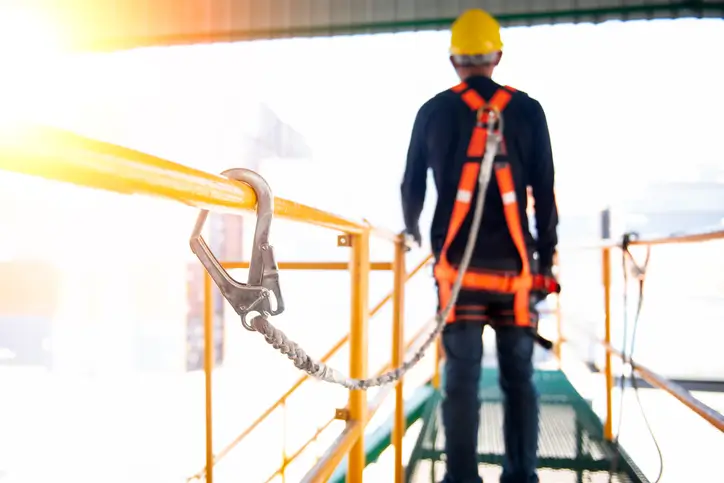
OSHA Standard 1910.27’s primary goal is to provide uniform guidelines for the appropriate use and upkeep of rope descent systems and aim to protect workers who carry out tasks at heights. However, adherence to this standard is essential as it offers a comprehensive framework for employers to help mitigate the hazards associated with operating in high-altitude situations.
After the Standard 1910.27
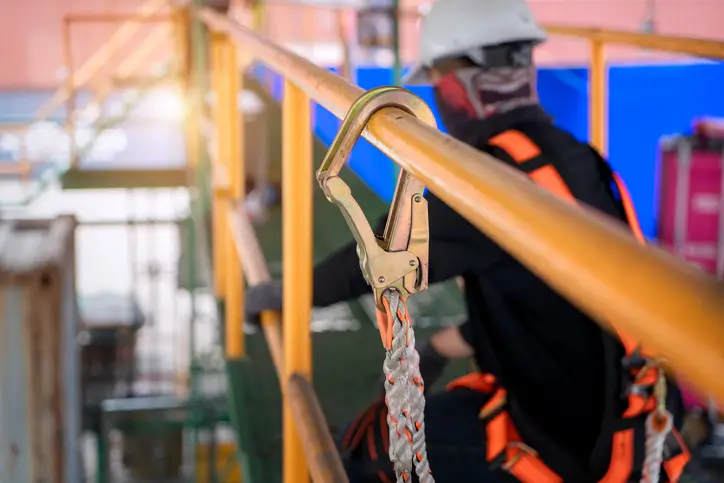
Implementing standardized Rope descent system protocols marked a noteworthy change in safety practices. Regulatory bodies and industry stakeholders worked together to create guidelines covering equipment specifications, installation procedures, training needs, and continuous maintenance. This change has not only reduced accidents but also instilled confidence among workers performing operations that require falling from heights.
Benefits of the Rope Climb Descent Technique
The rope climb descent technique is a specialized skill that has gained popularity in various fitness and outdoor adventure activities. While traditionally associated with climbing, this technique has proven to be an effective and versatile method for descending as well. In this article, we will explore the benefits of the rope climb descent technique, shedding light on its advantages across different contexts.
Safety First
One of the primary benefits of the rope climb descent technique is its emphasis on safety. When descending a rope using this method, individuals can maintain better control over their descent speed. This controlled descent minimizes the risk of injury due to sudden falls or uncontrolled accelerations, making it an excellent choice for climbers, rescue operations, and military training.
Risk Mitigation
Standardization helps mitigate risks associated with rope descent activities. When organizations adopt standardized systems, they can be confident that the equipment has undergone rigorous testing and meets specific safety benchmarks. This reduces the likelihood of equipment failure, human error, and other potential hazards during descent operations.
Adaptability in Various Environments
Unlike some descent methods that are limited to specific terrains, the rope climb descent technique can be applied in a variety of environments. Whether it’s a rocky cliff, a tree in the wilderness, or an indoor climbing gym, individuals can confidently use this technique. Its adaptability makes it a valuable skill for outdoor enthusiasts, rescue teams, and military personnel who may need to navigate diverse landscapes.
Reliability and Consistency
Standardized Rope Descent Systems are designed to be reliable and consistent. Manufacturers follow standardized specifications, leading to the production of equipment with consistent quality. This reliability is crucial for workers who depend on RDS for their safety during descent operations, as it reduces the likelihood of unexpected failures.
Enhanced Grip Strength
The rope climb descent technique significantly contributes to the development of grip strength. As individuals descend by gripping the rope, they engage the muscles in their hands, forearms, and fingers. Over time, regular practice of this technique can lead to improved grip strength, which is beneficial not only for climbing and rappelling activities but also for daily tasks.
Increased Coordination and Body Awareness
The rope descent technique requires a high level of coordination and body awareness. Individuals must synchronize their movements, maintain balance, and navigate the descent with precision. As a result, practicing this technique contributes to the development of proprioception – the ability to sense and control the body’s position in space. This increased coordination and body awareness positively affect overall athletic performance and motor skills.
Energy Efficiency
The rope climb descent technique is remarkably energy-efficient. The upward motion of pulling oneself down the rope engages various muscle groups, including the arms, back, and core. This engagement helps individuals utilize their upper body strength efficiently, allowing for a more controlled and less energy-draining descent. The technique’s energy efficiency is particularly advantageous in situations where conserving energy is crucial, such as long descents or emergency scenarios.
Minimal Impact on Joints
Compared to other descent techniques, such as rappelling, the rope climb descent places less strain on the joints. The controlled, hand-over-hand motion allows individuals to distribute their weight evenly, reducing the impact on the knees and ankles. This makes it a suitable option for those with joint issues or individuals looking to minimize stress on their lower extremities during descents.
To Wrap Up the Things
Without a doubt, the adoption of OSHA Standard 1910.27 has raised the standard for worker safety regarding activity involving heights. Rope descent systems, which were before a potential cause of hazardous circumstances, now become subject to specific regulations that put worker safety first. Through adherence to these regulations, employers not only comply with legal requirements but also contribute to the creation of a safer and more secure work environment.

